Mercedes presents the new E-Class with several PHEV variants
Mercedes-Benz has presented the new E-Class. It is to be the manufacturer’s last new model on a pure combustion engine platform. From the market launch of the new E-Class in the autumn of 2023, Mercedes-Benz will offer three fourth-generation plug-in hybrid models.
++ This article has been updated. Kindly continue reading below. ++
With an electric drive output of 95 kW and a 25.4 kWh battery for purely electric WLTP ranges of between 95 and 115 kilometres (depending on the version), the system output of the E 300 e and E 300 e 4MATIC is up to 230 kW (312 hp) and that of the E 400 e 4MATIC is 280 kW (381 hp). Further plug-in hybrids with diesel combustion engines are to follow.
In all cases, the electric motor is a permanently excited synchronous machine that provides 440 Nm of torque from the first engine revolution. According to Mercedes, this should ensure “high agility when starting off and dynamic driving behaviour”. The E-Class can travel at speeds of up to 140 km/h in purely electric mode, at which point at the latest the combustion engine is switched on. The petrol engine is a two-litre four-cylinder that produces 150 kW in the 300 and 185 kW in the 400.
The battery consists of 96 pouch cells. Since the battery system installed in the E-Class has a high power density, the high-voltage battery has been given an internal cooling system. This allows the thermal management system to regulate the battery temperature independently of the interior air conditioning. In addition to continuous operation in hot and cold climates, this also enables fast charging with direct current: with up to 55 kW at peak, a completely empty battery can be charged in around 30 minutes. An 11 kW on-board charger is installed for AC charging.
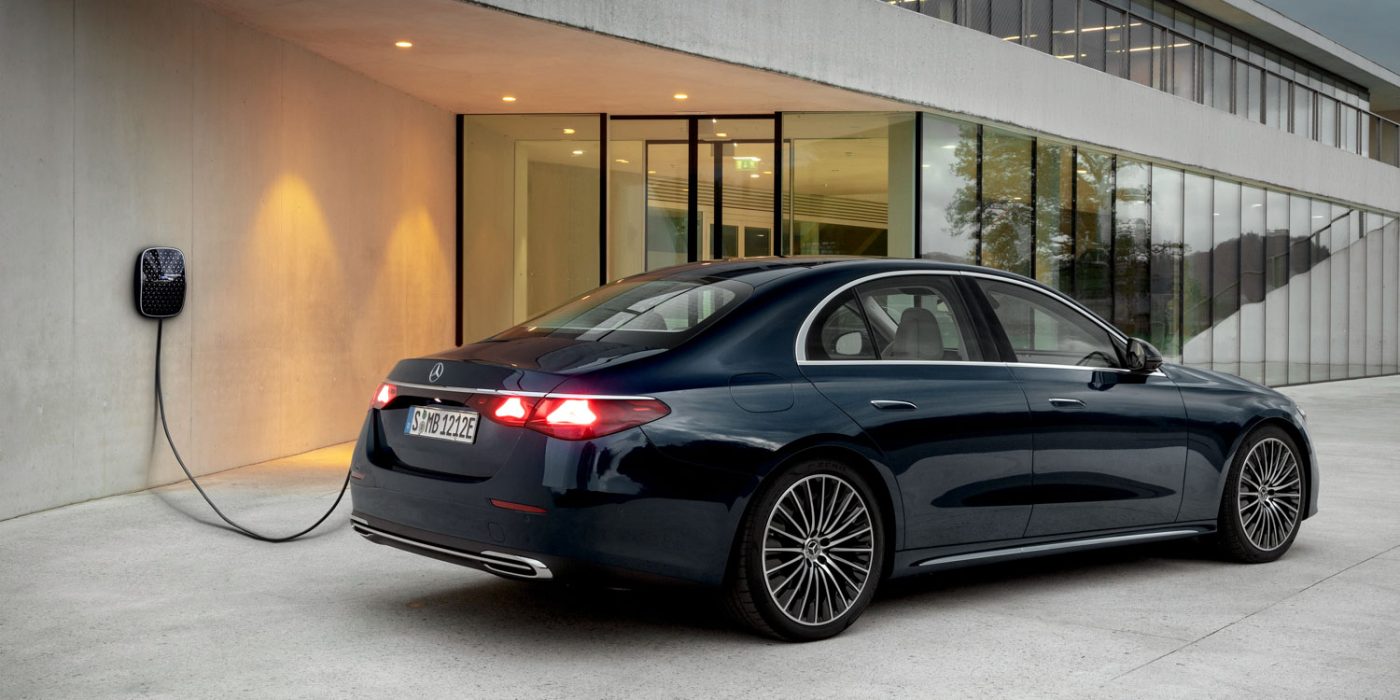
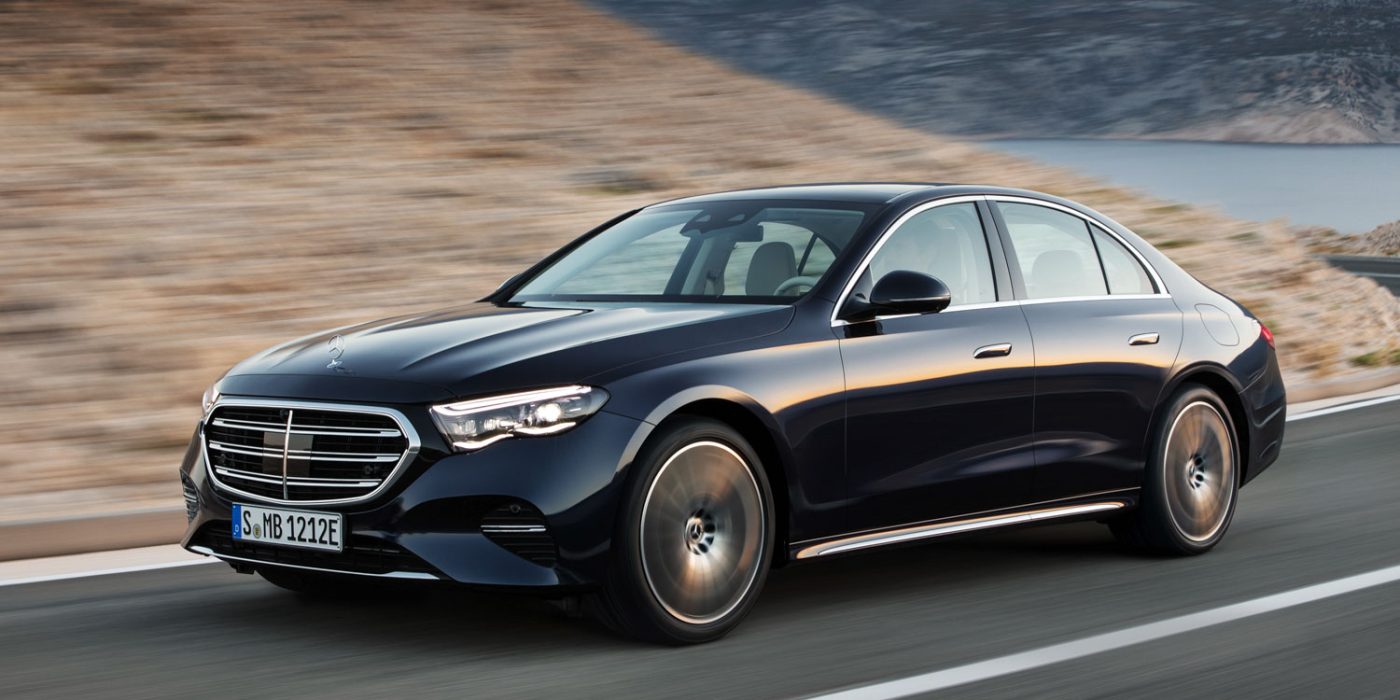
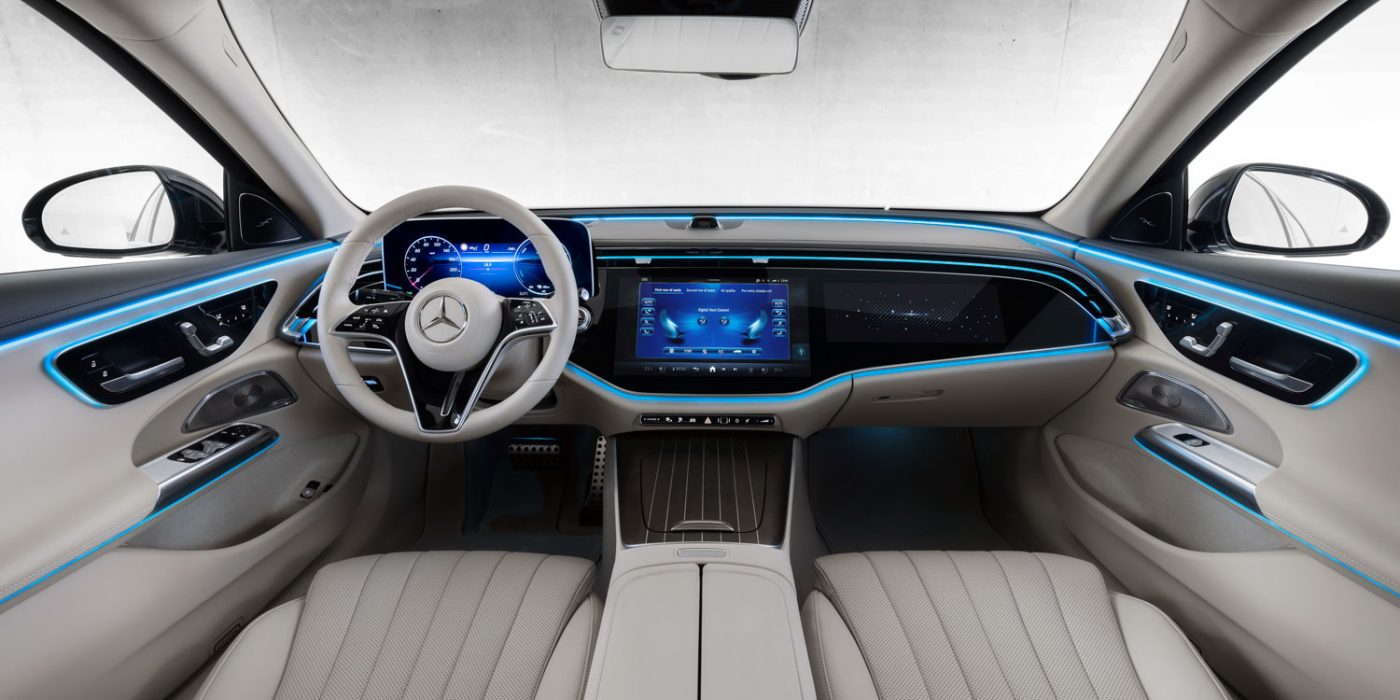
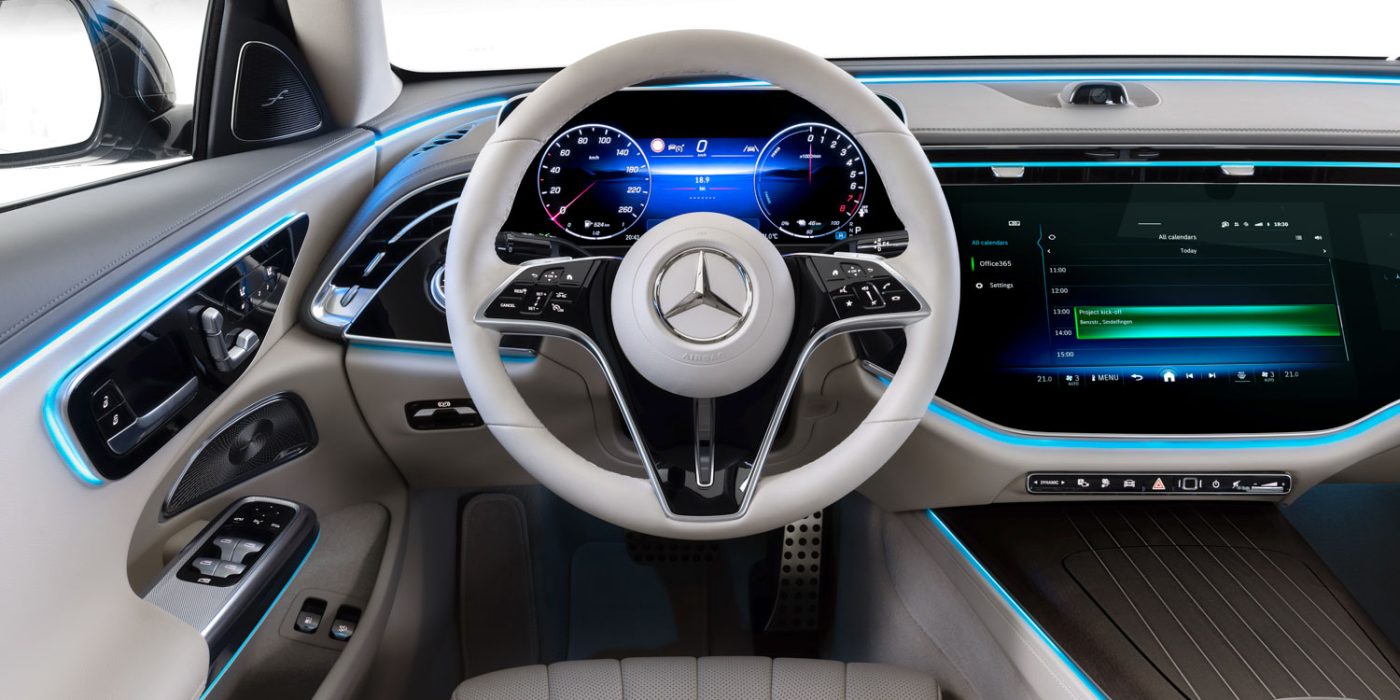
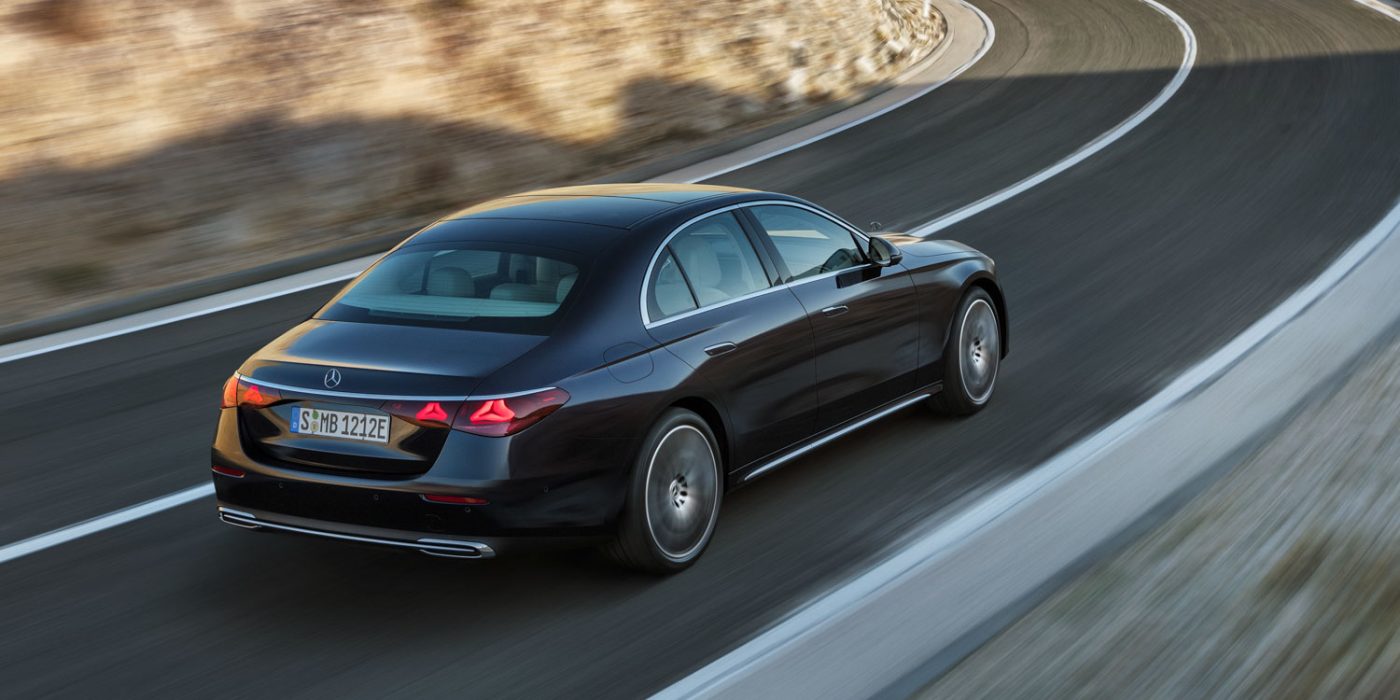
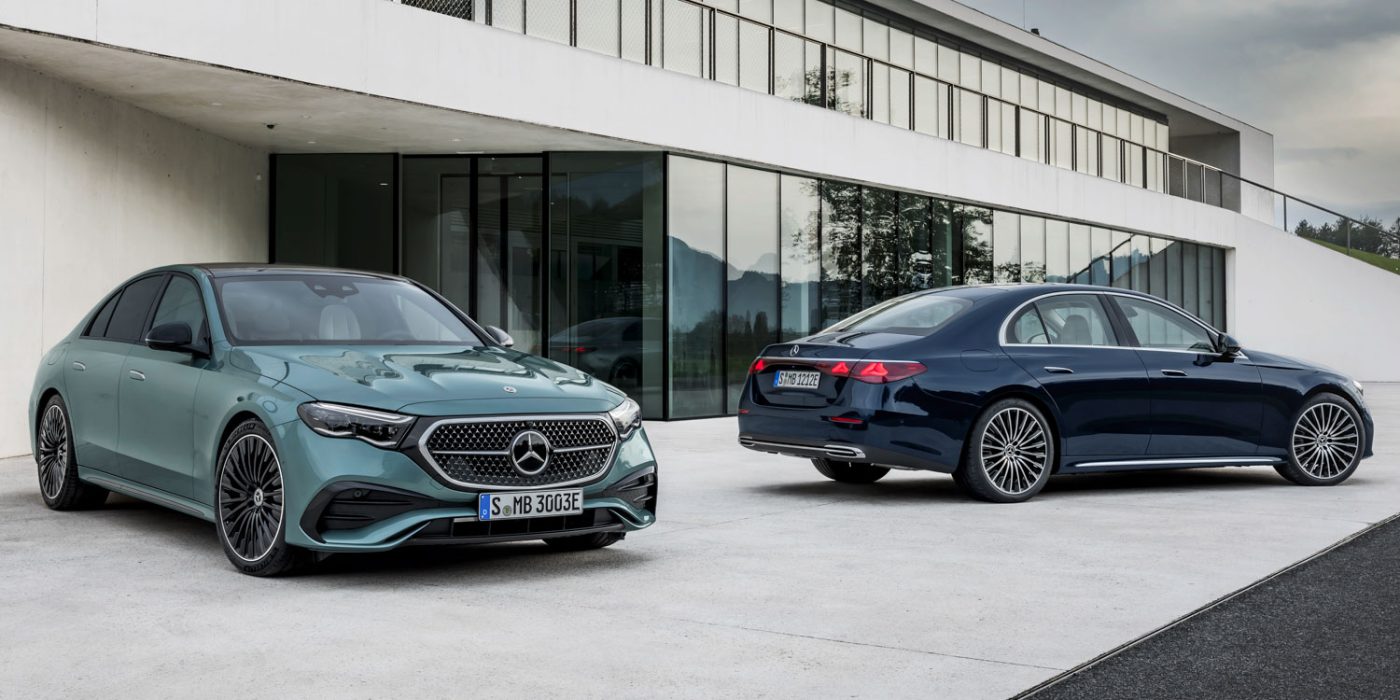
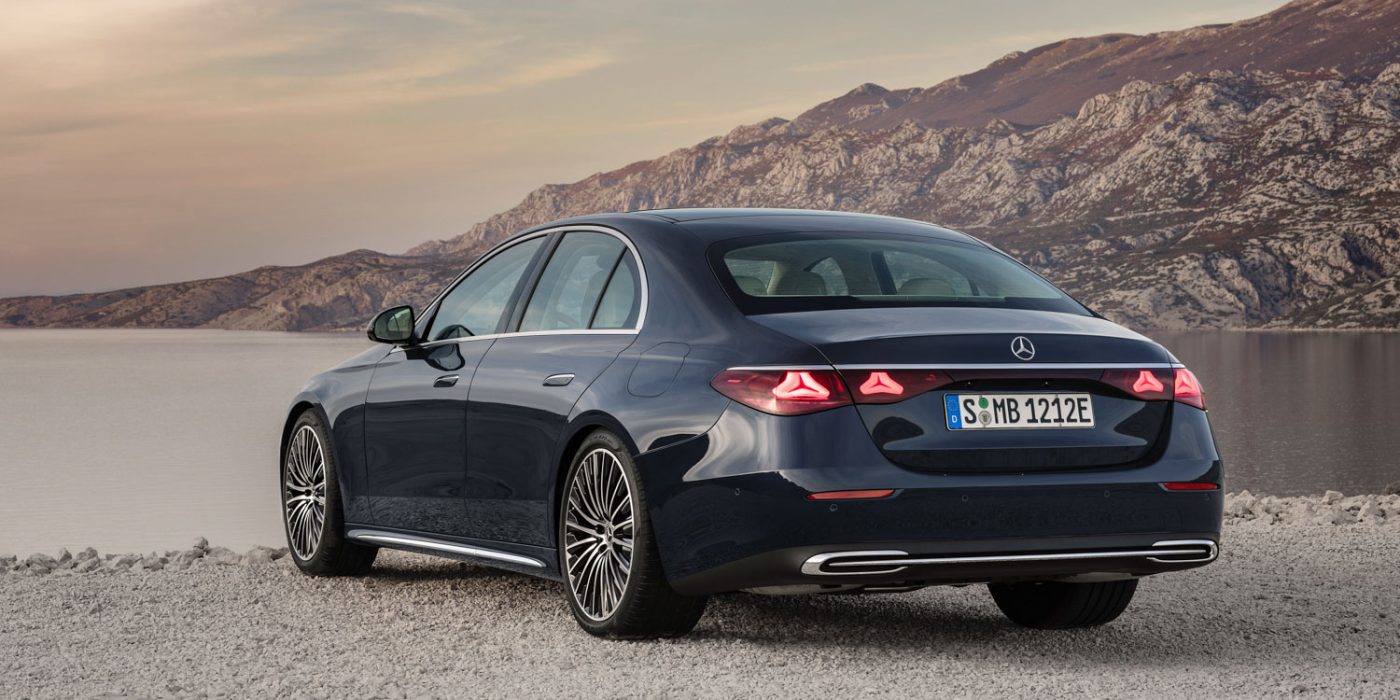
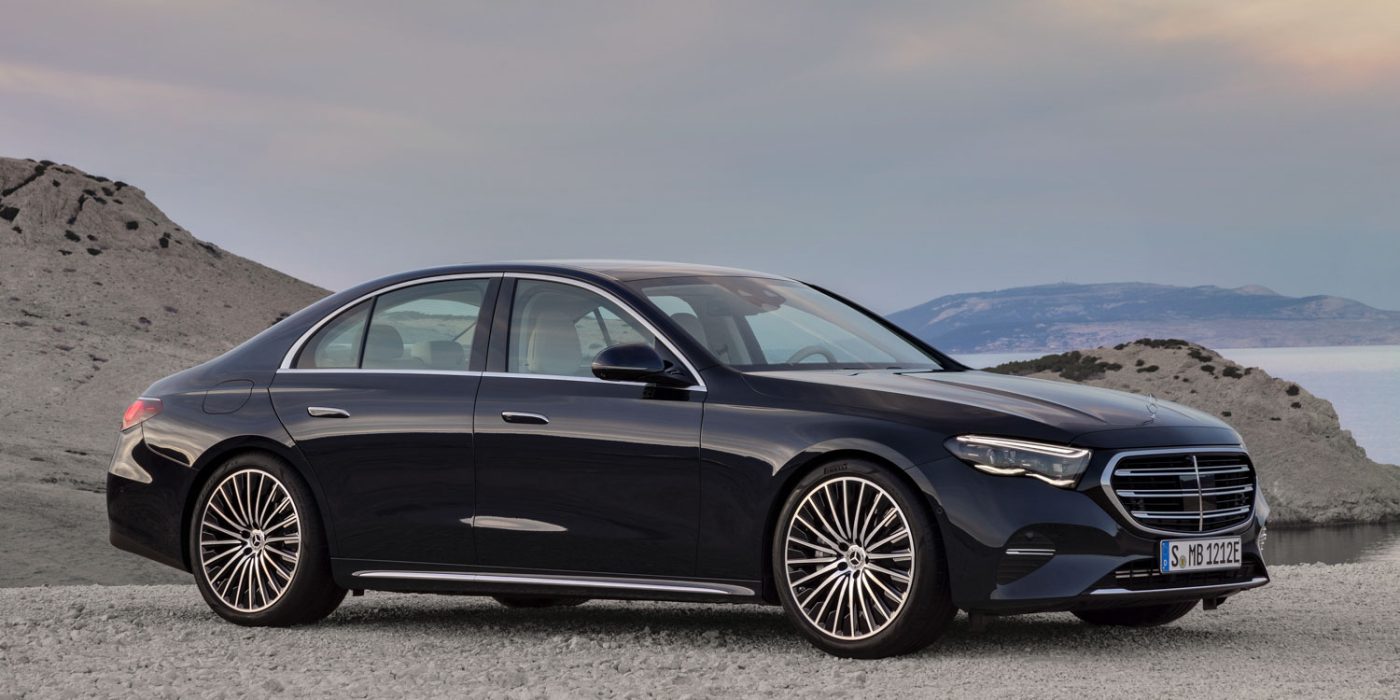
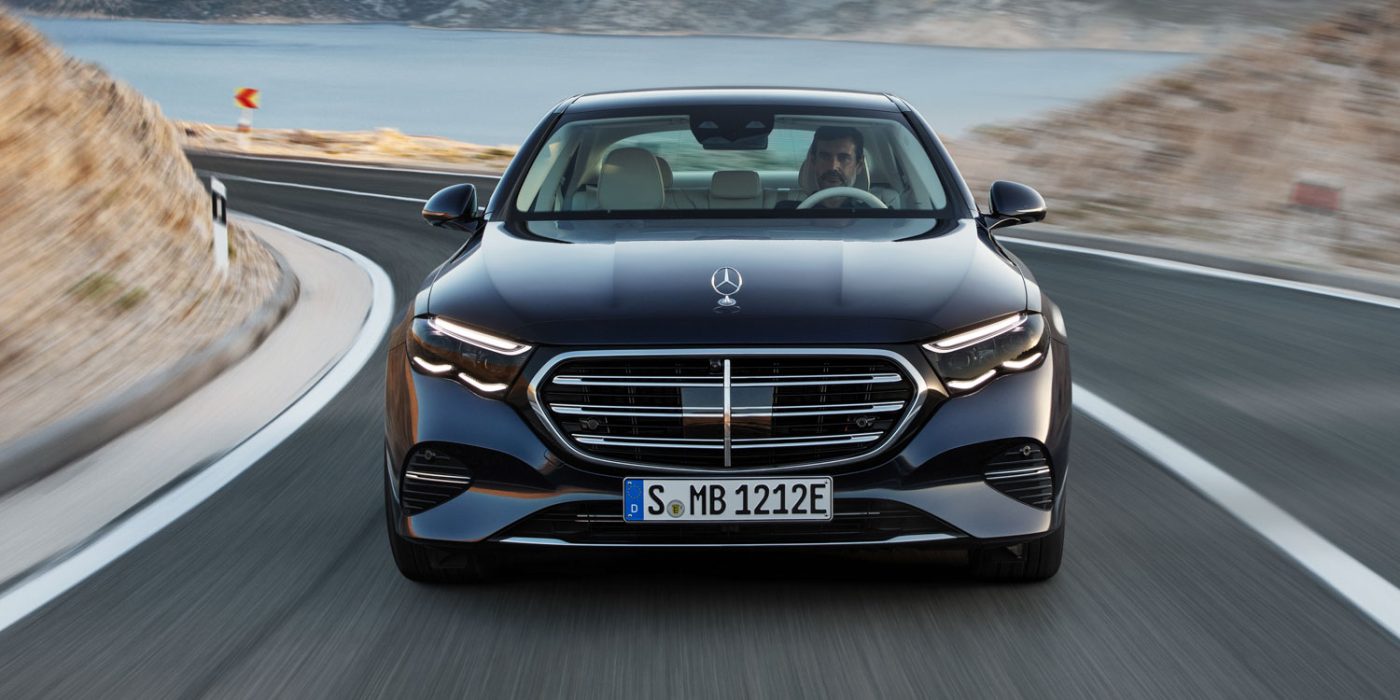
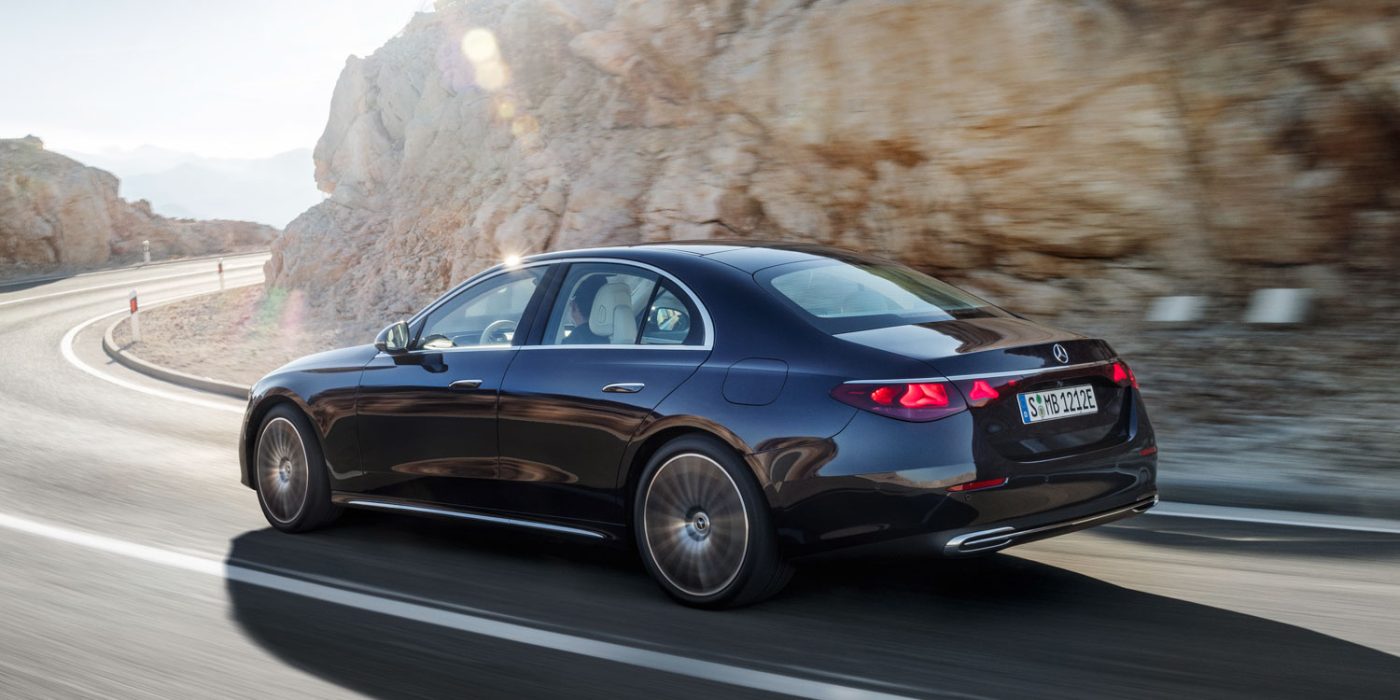
With the increased range, customers should be able to “cover most of their everyday routes without using the combustion engine”. Based on the information from the route guidance of the navigation system, the intelligent operating strategy provides the electric driving mode for the most sensible route sections in each case. For example, the hybrid driving programme prioritises electric driving on routes in urban areas. Two additional driving programmes – ‘Battery Hold’ to maintain the battery charge and ‘Electric’ for purely electric driving – are intended to enable the driver to “use the possibilities of the plug-in drive in a particularly targeted manner”, according to Mercedes.
The new E-Class, internally referred to as the W214 (sedan) and the estate as S214, is the last new Mercedes model on an internal combustion engine platform. All subsequent new model series from 2024/2025 onwards will be based on architectures that the Stuttgart-based company is developing specifically for electric vehicles. In the new generation, half of all powertrains offered in Europe are already plug-in hybrids.
The 4.95-metre-long E-Class, unlike its electric counterpart, the EQE, does follow the classic proportions of an internal combustion sedan with a short overhang at the front and a long bonnet, followed by the passenger cabin set far back. As the wheelbase has increased by two centimetres to 2.96 metres compared to the previous generation, the interior space is said to have become larger. The boot capacity is up to 540 litres. The increasing electrification of the E-Class is also evident in the design: a black panel-like surface connects the radiator grille with the headlights, the “high-gloss black” inlay is said to be visually reminiscent of the Mercedes-EQ models. The radiator grille is available either with an integrated Mercedes star or only with louvres – in which case the Mercedes star is placed classically on top of the bonnet.
Inside there is, among other things, a “superscreen” inspired by the “hyperscreen” of the EQE and EQS. However, since there is still a separate and separate driver’s display, it is not an actual “hyperscreen”. However, its layout with a large central touchscreen and a separate passenger touchscreen under a large glass surface has been adopted.
Update 21 June 2023
After the saloon, Mercedes-Benz now also presents the estate version of the new E-Class. The new E-Class Estate will go on sale in autumn. In contrast to the saloon, for which three plug-in hybrid versions have been announced right from the start, Mercedes-Benz is initially making do with a part-time electric vehicle for the estate – the E 300 e with an electric drive output of 95 kW (system output 230 kW or 312 hp) and a purely electric WLTP range of up to over 100 kilometres (WLTP). Further PHEV variants with diesel and petrol combustion engines are to follow at a later date.
The dimensions of the vehicle have been updated, as the wheelbase has been increased from 22 millimetres to 2961 millimetres. As a result, rear-seat passengers enjoy more knee room (84 millimetres; plus 9 millimetres) and leg room (934 millimetres; plus 15 millimetres). The load compartment can be expanded from 615 litres to up to 1830 litres. In the plug-in hybrid model, the luggage capacity is 460–1675 litres.
mercedes-benz.com, mercedes-benz.com (PHEV), mercedes-benz.com (press map), mercedes-benz.com, mercedes-benz.com (both update)



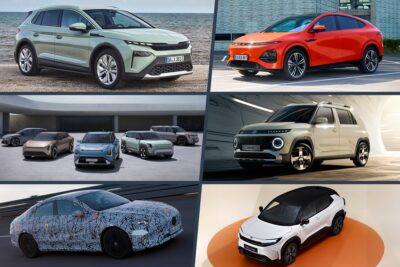
0 Comments